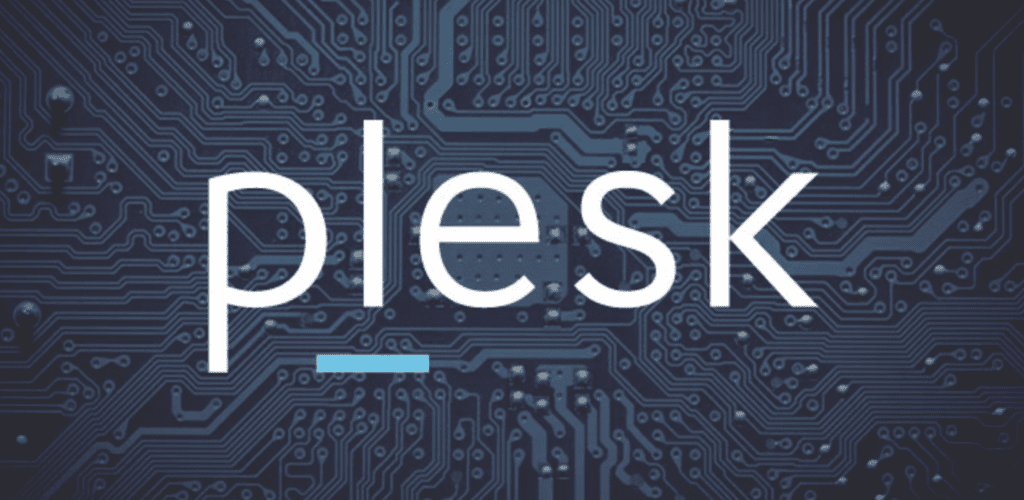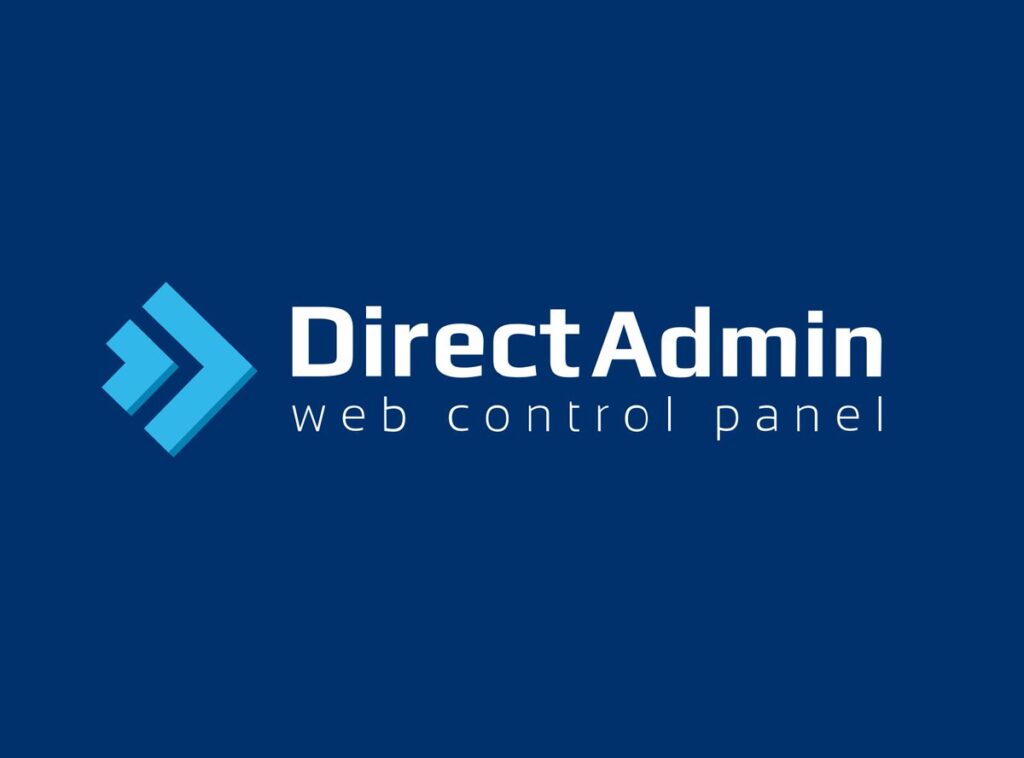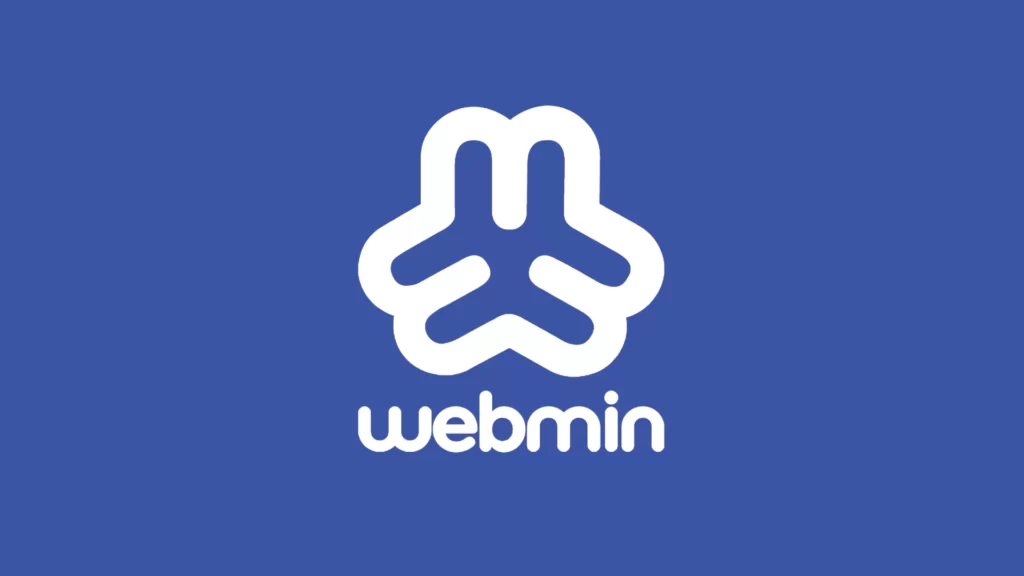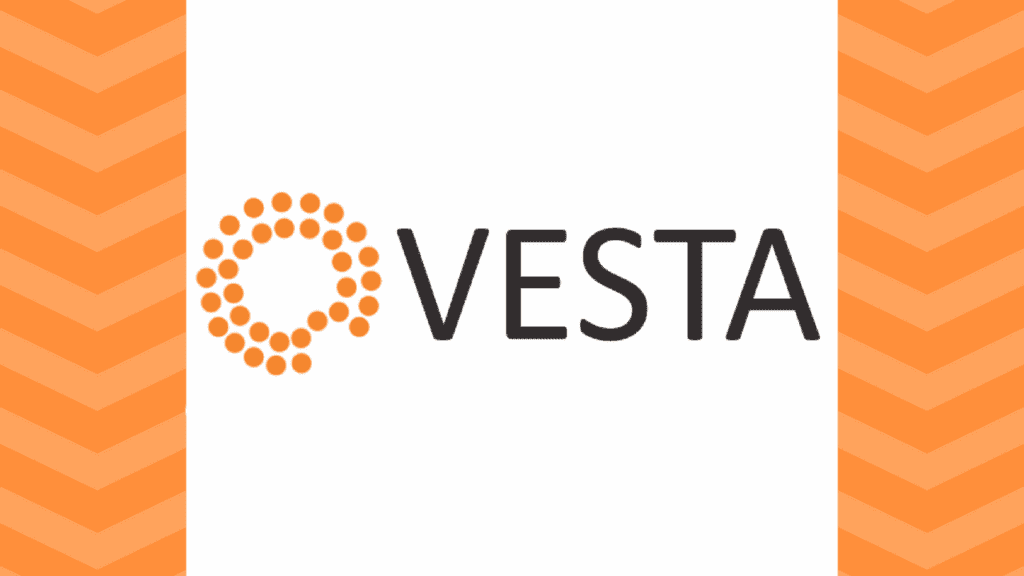One of the most widely used and helpful solutions for your website management is a web hosting control panel. Today we want to explore some of the great control panel options available on the market to help you pick the optimal one for your particular project.
After you buy cheap VPS with BTC, you will have to set up your virtual private server, perform a series of configurations as well and install some essential software.
What is a Web Hosting Control Panel?
A hosting control panel is one of the essential software solutions when it comes to web hosting. It is a web-based interface that is used to administer and set up various aspects of your website. It is usually offered by the providers themselves, some providers offer their own solutions, but you are always free to opt for the solutions you like. Some aspects that are covered by a web hosting control panel are:
- Domain management;
- Email account management;
- File management;
- Database management;
- Software management;
- Backup and restoration;
- Security features;
- Server monitoring and management;
- User account;
- Website statistics and analytics;
- FTP management;
- Cron job scheduling.
Top Control Panel options
Now let’s have a look at a couple of popular control panel options that you definitely have to consider when starting a project on a VPS.
1. cPanel


cPanel is perhaps the most popular control panel solution that can be perceived as the control panel by many. One of the main advantages that are generally prescribed to this control panel is a highly user-friendly interface, which is intuitive and minimalistic, being completely accessible to newbie users as well. All administrable aspects are organized into categories, with a clean intuitive navigation element consisting of labels and icons.
cPanel is exclusively available for Linux, so a Windows Server user will have to consider other options.
cPanel offers a wide range of features, including email management, file management, FTP, database management, and others.
In case you face difficulties or have questions you can’t figure out on your own, it is provided with rich documentation, extensive community, and professional support.
cPanel is by default available for monthly subscription fees varying depending on the plan you choose.
2. Plesk


Plesk is another widely known and widely used control panel solution, now available for both Linux and Windows platforms.
Plesk also provides its users with a user-friendly and intuitive interface, that is in many ways similar to one offered by the previously discussed cPanel.
Plesk can please its users by offering, beyond the default features, such things as support for Docker and Git on certain plans
Plesk offers a range of built-in security features, including firewalls and automatic security updates.
As for pricing, Plesk offers different paid plans with different packs of features in each, as well as a free trial.
3. DirectAdmin


DirectAdmin is another well-known, although not as much as Plesk and cPanel, control panel. This one can be considered as a solution for more experienced users who value more minimalistic and light-weight solutions, which won’t eat up more resources than a control panel needs.
DirectAdmin is also overall less expensive than cPanel and Flesk.
The panel provides the most essential hosting control panel functionalities as well as a series of customization options for users with more technical experience.
DirectAdmin features professional support as well, but it’s generally less comprehensive than one of Plesk or cPanel.
4. Webmin


If you have a tighter budget, you can opt for this open-source and free control panel.
Besides being free, Webmin is also highly praised for its customizability, with technically skilled users being able to get a lot from this solution.
The control panel supports also various modules that can extend the functionality of the control panel in various directions.
The interface is not as clear and intuitive as in the case of cPanel or Plesk, as this panel is more designed for advanced users.
5. ISPConfig


Another great option for users seeking free and open-source solutions is ISPConfig.
Among the features that make it special, it’s worth to mention it’s multi-server management. feature. Besides it, ISPConfig offers a bunch of standard hosting control panel features.
Like in the previous case, the interface of ISPConfig is designed for more technically savvy users, being not as intuitive as one of the commercial solutions.
The solution is provided with community support.
6. VestaCP


VestaCP is another free and open-source option. What’s special about it is a simplified and clean user interface. The solution is also lightweight and can be launched on a lower-powered server.
It generally offers a minimalist set of features, that are more than enough for powering small to medium-sized websites.
When it comes to security, VestaCP offers decent essential security features, though less comprehensive than premium options.
Conclusion
These have been some good common control panel solutions. We’ve tried to cover some of the most popular solutions, covering both paid and free, as well as options for newbie users versus options for advanced users, so you can pick up a solution regardless just to meet your needs. Thank you for your attention and good luck!























